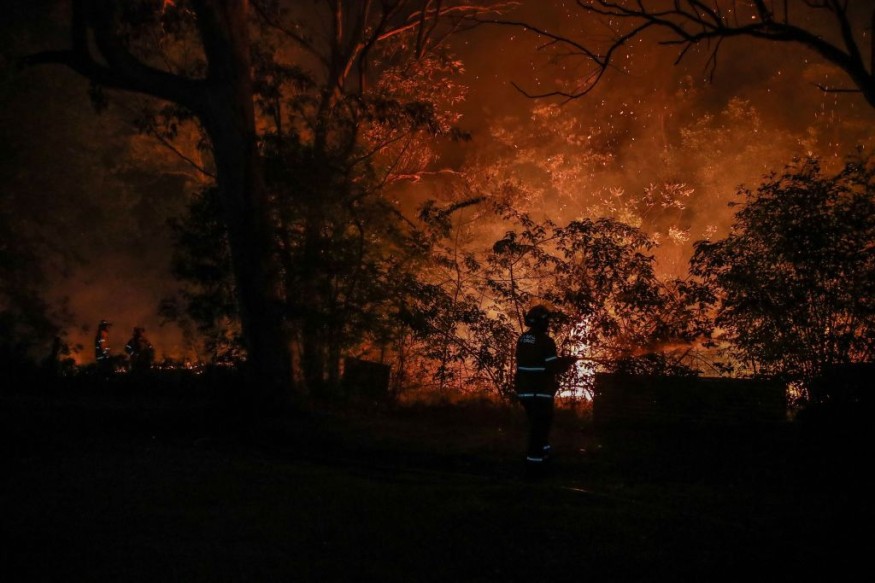
Wildfires have hit a number of countries this year, bringing massive destruction and claiming lives of individuals.
This event, which is considered as a natural phenomenon, could be catastrophic and place the lives of the public at great risk. It is important to trace the causes of this massive blaze as a safety precaution for the public.
Human-Induced Activities
Experts see human activities, such as leaving a campfire unattended, discarding lit cigarettes, burning debris and intentional arson, as among the main causes of wildfire incidents.
The National Park Service noted that nearly 85% of wildland fires in the United States are caused by humans and their activities.
Experts said that man-made fires have tripled the length of North America's fire seasons between 1992 and 2012, from 46 to 154 days. Over the 21-year study period, the major causes were debris burning and arson, while campfires and fireworks were responsible for only five percent of fires.
Moreover, an analysis of more recent California fires found that human-sparked wildfires are more extreme and destructive than nature-induced ones as they move more than twice as fast, spreading about 1.83 kilometers per day.
An example of this human-induced activity that can bring fires are the unruly engine sparks and equipment issues.
Authorities said that without the proper precautionary measures, a running engine can spew hot sparks and bits of burning debris - a potentially dangerous situation if that device is operating in a field or forest.
Cigarettes can also bring wildfires as they are easy to flick out of sight when a smoke break is over. Furthermore, the careless toss of a still-burning cigarette butt can have serious consequences if it catches a forest on fire.
On the other hand, campfires can also cause wildfires if proper care is not being enforced to keep them under control.
Just like with a debris fire, it is necessary to find a safe location for a campfire that is distanced from nearby ignitable objects and protected from sudden gusts of wind.
Campfires should always be built in rock-ringed fire pits that are stocked with a bucket of water and a shovel.
Read Also : Artificial Intelligence to Detect Wildfires: Greece, Israel Develop Early Wildfire Detection Through AI Tech
Natural Causes Of Wildfires
Natural activities such as lightning could also bring wildfires.
Lightning is often described as having two components, which are the leaders and strokes. The leader is the probing feeler sent from the cloud while the return streaks of light are a series of strokes that produce the actual lightning bolt or flash that we see.
Experts explained that there are two types of lightning-cold lightning and hot lightning. Cold lightning is a return stroke with intense electrical current but of relatively short duration while the hot lightning has currents with less voltage, but these occur for a longer period of time.
They said that fires usually happen by unusually long-lasting hot lightning bolts.
Climate change is also considered as the biggest trigger of extreme lightning storms as warmer and longer summers heat up the land surface.
This, coupled with an increase in carbon emissions, can bring stronger updrafts that are more likely to produce more powerful and frequent lightning.
Previous studies have estimated a 12% increase in the frequency of lightning strikes with every one degree Celsius increase in temperature.
Furthermore, fuel is one of the three components needed for a wildfire to start.
This often comes in the form of dry vegetation. Scientists said that elevated temperatures and low winter-time precipitation often leave vegetation primed for wildfires.
Wildfire investigators are seeking to understand the cause of the blaze so agencies can prepare and implement prevention strategies.
By understanding wildfire, authorities can better plan for potential desirable and undesirable effects of wildfires.
Related Article : El Nino Could Unfold in September, November; Drought, Wildfire Concerns Likely to Emerge
© 2025 NatureWorldNews.com All rights reserved. Do not reproduce without permission.

